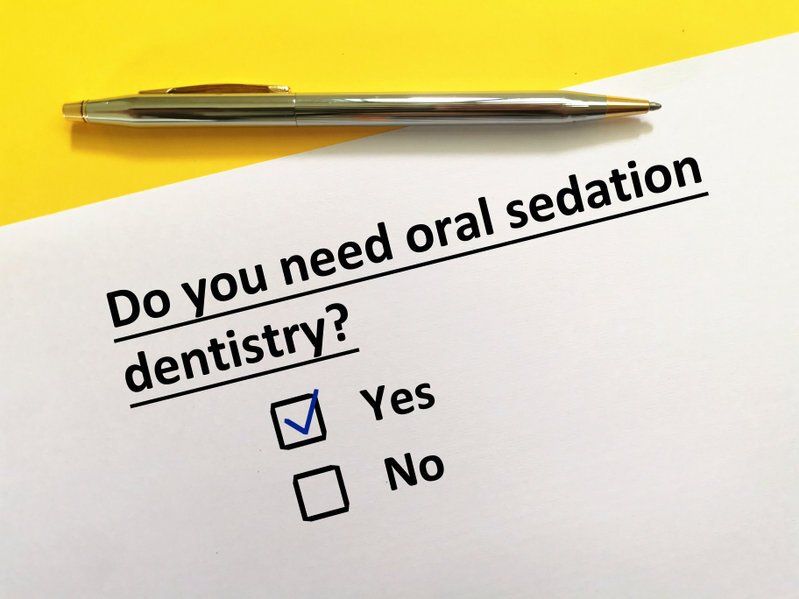3 Facts You Need to Know About Local Dental Anesthetics
- By Mary Marks
- •
- 15 Nov, 2021
- •

What substances are used for dental local anesthesia?
The most used anesthetic substances used in Denver sedation dentistryare mepivacaine, articaine and lidocaine. To these, can be added adrenaline, with a vasoconstrictor role, increasing the action period of the local anesthetic substance.
What can you do for dental anesthesia to be successful in your case?
-Do not consume coffee or caffeinated beverages 12 hours before surgery.
-Eat before going to the dentist.
-Take or do not take the medication for the medical conditions you suffer from. You will need to discuss this with your dentist; some medications can be taken, while others must be postponed for a short time.
-To avoid experiencing side effects, do not hesitate to tell your dentist about your health issues and the medication you take.
-Try to rest and relax, before the intervention.
How long does local dental anesthesia last?
Local anesthesia will be effective more or less longer, depending on:
· the type of anesthetic used;
· anesthetic concentration;
· the presence or absence of adrenaline as an adjuvant. If the anesthetic also contains adrenaline, the local blood vessels decrease in diameter and the duration of metabolism of the local anesthetic increases. As a result, the anesthesia lasts longer
· the size of the anesthetized nerve





Although oral sedation dentistry Highlands Ranch is one of the optionsavailable for managing anxiety and discomfort during oral surgery, you certainly do not need to use it all the time. As a matter of fact, the exact type of sedation or anesthesia that you receive during oral procedures may depend on various factors, such as the complexity of the procedure, your medical problems, as well as your doctor’s preferences.
There can be several different levels of sedation that can be used in oral surgery. Local anesthesia is one of them. This involves injecting anesthetic medication into the specific area where the surgery will take place. It numbs the area and is often used for less invasive procedures.
Oral sedation involves taking medication in the form of a pill to induce a state of relaxation and drowsiness. The patient is still conscious, but he/she may not be fully aware of the procedure. At any rate, sedation helps him/her get rid of anxiety.
In the case of intravenous sedation, medication is administered through a vein, which induces a deeper state of sedation than oral sedation. Patients may still be conscious, but they are less aware of their surroundings and may not remember the procedure.





